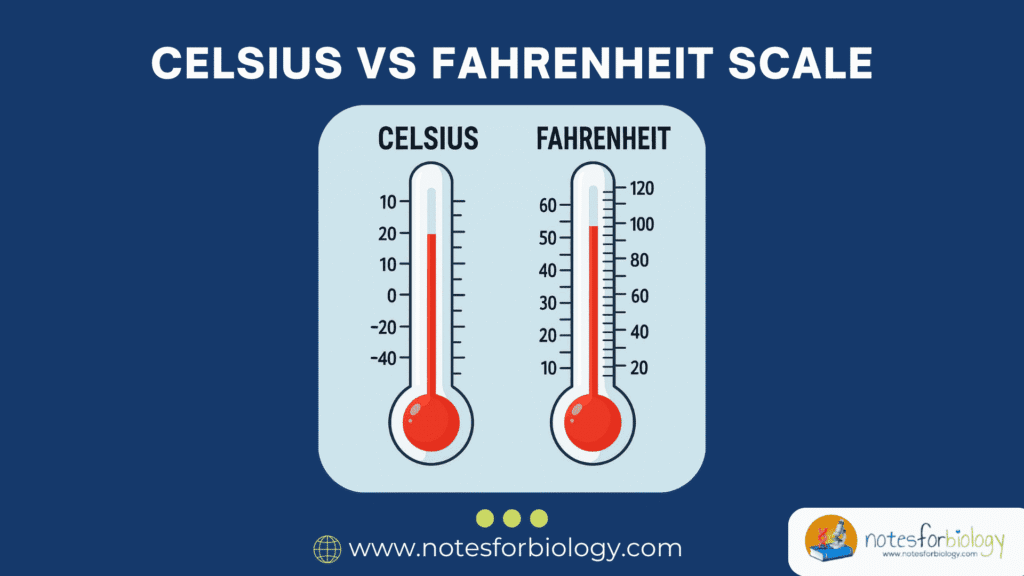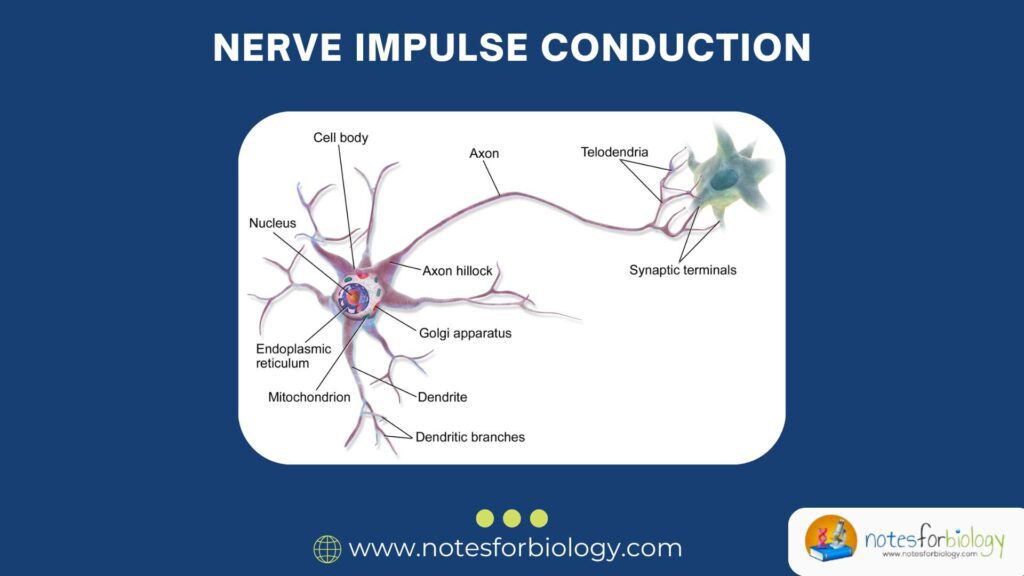Celsius vs Fahrenheit Scale: 10 Key Differences with Real-World Examples
Temperature is one of the most fundamental physical quantities measured in everyday life, from weather forecasting to cooking, scientific research, and international travel. Different parts of the world use different temperature scales, with Celsius and Fahrenheit being the two most common systems. Understanding how these scales differ is essential for interpreting weather reports, using scientific […]
Celsius vs Fahrenheit Scale: 10 Key Differences with Real-World Examples Read More »










